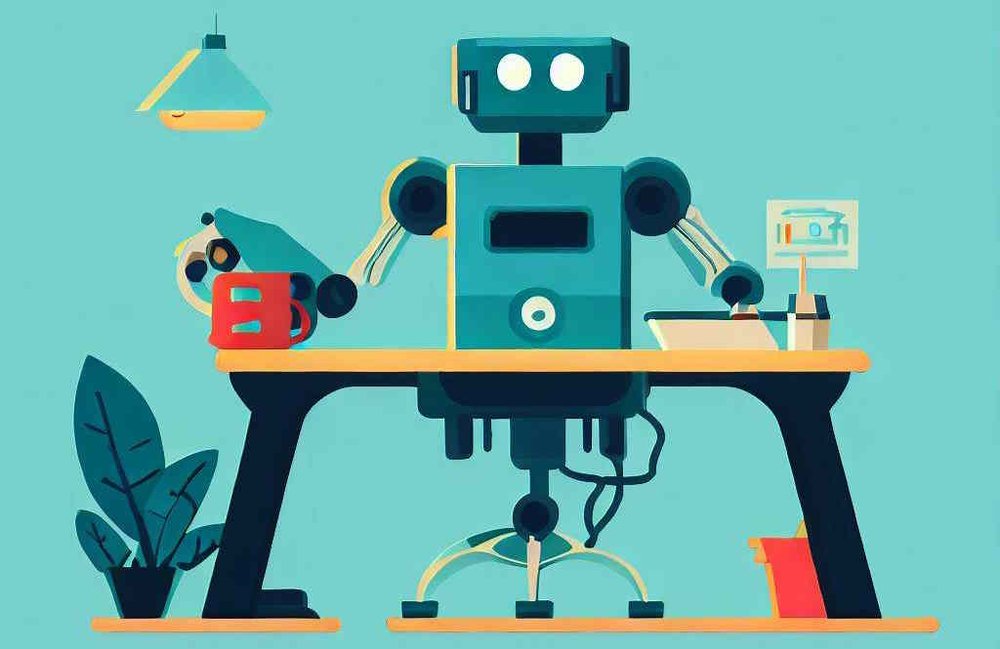The rise of artificial intelligence (AI) language models, like ChatGPT, promise to significantly transform the workplace. By improving how we handle, summarise, and communicate information, these AI models will introduce a new level of efficiency in dealing with complex information, particularly when curated for specific audiences.
ChatGPT: A Game Changer in Information Management
Imagine attending a long meeting about a complex topic, then spending hours distilling the key points to share with different teams.
Now, imagine an AI model that achieves the same task in mere seconds, with about 95% accuracy. This is the efficiency that AI language models like ChatGPT bring to the table.
Whether it’s a project update for the management team, a technical brief for the developers, or a simplified overview for the marketing team, ChatGPT can create tailored summaries for different audiences, all in a fraction of the time it would take a human.
The Efficiency Advantage: Saving Time and Resources
The power of AI like ChatGPT in information handling lies in its speed, accuracy, and efficiency.
AI can process large volumes of information and work tirelessly, allowing humans to focus on activities that require creativity, strategic thinking, and nuanced decision-making.
However, while AI can handle a significant portion of data processing and initial drafting, it doesn’t possess the practical experience or nuanced understanding that humans bring.
Therefore, the balance lies in using AI for the heavy lifting and allowing humans to refine the output, injecting their unique insights and experiences.
Potential Use Cases: Where Might We See ChatGPT?
AI language models like ChatGPT can be part of workplace tasks to enhance efficiency and productivity.
Here are a few examples of potential use cases:
- Customer Service: ChatGPT can assist in handling common customer inquiries, freeing up human resources to deal with more complex issues. This might include answering FAQs, providing product information, or guiding customers through troubleshooting steps.
- Content Creation: For marketing and communication teams, ChatGPT can help generate initial drafts of blog posts, press releases, or social media content, saving time and allowing humans to focus on fine-tuning the message and tone.
- Data Analysis: In roles that require handling large volumes of data, such as in market research or finance, ChatGPT can help summarize data findings and highlight key trends or insights.
- Meeting Minutes: ChatGPT can transcribe and summarise meetings, creating concise notes and action items for attendees, and saving administrative time.
- Training & Onboarding: In HR and training departments, ChatGPT can help create personalized training content or onboarding guides for new employees, ensuring information is tailored to individual roles and needs.
- Email Management: For people dealing with a high volume of emails, ChatGPT can help categorise and summarise emails, helping to prioritise responses and manage workload.
Remember, the AI model’s role is to handle the initial heavy lifting, leaving the final touches, strategic decisions, and audience-specific nuances to the human touch.
Looking Ahead: The Future of Efficiency in the Workplace
ChatGPT promises a future workplace where AI and humans work together to lead to a more efficient workplace, where AI supplements human skills rather than replacing them.
Embracing AI shouldn’t mean disregarding the importance of human insight and experience. It means leveraging the best of both worlds to create a working environment that is both efficient and rich in human understanding.
